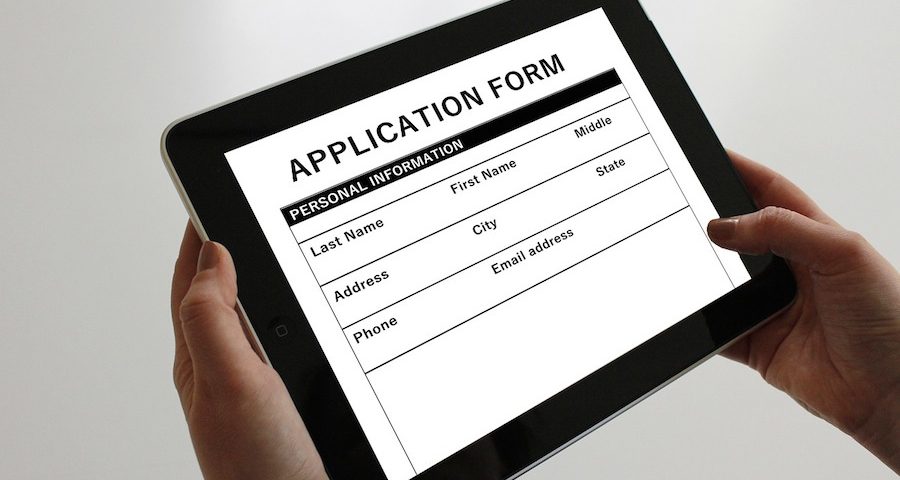Decoding the College Application Process: A Step-by-Step Guide

Landing Your Dream Internship: Resume & Interview Tips
April 21, 2024
The Importance of Mentorship: How Tutors Make a Difference
May 11, 2024Entering the realm of college applications can often feel like stepping into a maze of deadlines and decisions. For many high school students, this period marks a pivotal transition from adolescence to adulthood, with the college application process serving as a gateway to future opportunities. However, navigating through this journey can be daunting without proper guidance. This blog will decode the college application process step-by-step, empowering you to embark on this transformative journey with confidence and clarity.
Step 1: Self-Reflection and Research
Before diving into the application process, take a moment to reflect on your interests, passions, strengths, and aspirations. Consider your academic achievements, extracurricular activities, volunteer experiences, and personal values. What are your long-term goals? Which colleges align with your academic and personal objectives?
Research various colleges and universities to identify those that resonate with your interests and goals. Explore factors such as location, size, academic programs, campus culture, and extracurricular opportunities. Utilize online resources, guidebooks, college websites, and campus tours to gather valuable insights into each institution.
Step 2: Create a Timeline and Checklist
Organization is key to managing the multifaceted college application process effectively. Develop a timeline outlining important deadlines for standardized tests, application submissions, financial aid forms, and scholarship applications. Break down tasks into manageable steps and create a checklist to track your progress.
Step 3: Standardized Testing
Many colleges require standardized test scores as part of the application process. Determine whether you need to take the SAT, ACT, or any other standardized tests required by your preferred colleges. Register for exams well in advance and allow ample time for preparation. Consider taking practice tests, enrolling in preparatory courses, or utilizing online resources to enhance your performance.
Step 4: Letters of Recommendation
Secure letters of recommendation from teachers, counselors, or mentors who can attest to your academic abilities, character, and contributions. Choose individuals who know you well and can provide meaningful insights into your strengths and achievements. Request letters early, providing recommenders with sufficient time to craft thoughtful and personalized recommendations.
Step 5: Craft Your Personal Statement and Essays
The personal statement and supplemental essays offer an opportunity to showcase your unique voice, experiences, and perspective. Brainstorm topics that reflect your identity, values, challenges, and aspirations. Craft compelling narratives that engage readers and offer authentic insights into who you are as a person and a scholar.
Ensure that your essays are well-structured, concise, and free of grammatical errors. Seek feedback from teachers, counselors, peers, or family members to refine your writing and ensure clarity and coherence.
Step 6: Gather Necessary Documents
Compile all required documents, including transcripts, test scores, letters of recommendation, and financial aid forms. Verify application requirements for each college and ensure that all materials are submitted by the specified deadlines. Double-check for accuracy and completeness to avoid delays or complications in the application process.
Step 7: Submit Applications and Follow Up
Submit your applications through the designated platforms, such as the Common Application, Coalition Application, or college-specific portals. Pay close attention to submission deadlines and requirements for each institution. Track the status of your applications and follow up on any missing documents or supplemental materials.
Step 8: Explore Financial Aid and Scholarships
Investigate financial aid options, including scholarships, grants, loans, and work-study programs. Complete the Free Application for Federal Student Aid (FAFSA) and any additional financial aid forms required by colleges. Research scholarship opportunities offered by colleges, organizations, and private donors, and submit applications according to their respective deadlines.
Step 9: Consider Campus Visits and Interviews
Schedule campus visits and interviews with admissions representatives to gain firsthand experience of college life and engage with the campus community. Attend information sessions, tours, and meetings with faculty and students to assess fit and gather insights into each institution’s culture, resources, and opportunities.
Step 10: Evaluate Offers and Make Your Decision
Upon receiving acceptance letters and financial aid packages, carefully evaluate each offer based on academic programs, financial assistance, campus environment, and personal preferences. Consider factors such as location, size, reputation, and career prospects. Consult with family members, mentors, and counselors as you weigh your options and make an informed decision.
Embark on Your Path to Higher Education
The college application process is a transformative journey that requires thoughtful planning, self-reflection, and perseverance. By following this step-by-step guide, you can navigate through the complexities of the application process with confidence and clarity, positioning yourself for success in your academic and personal endeavors. Embrace this opportunity to explore new horizons, pursue your passions, and shape your future as a lifelong learner. Best of luck on your journey to higher education!


